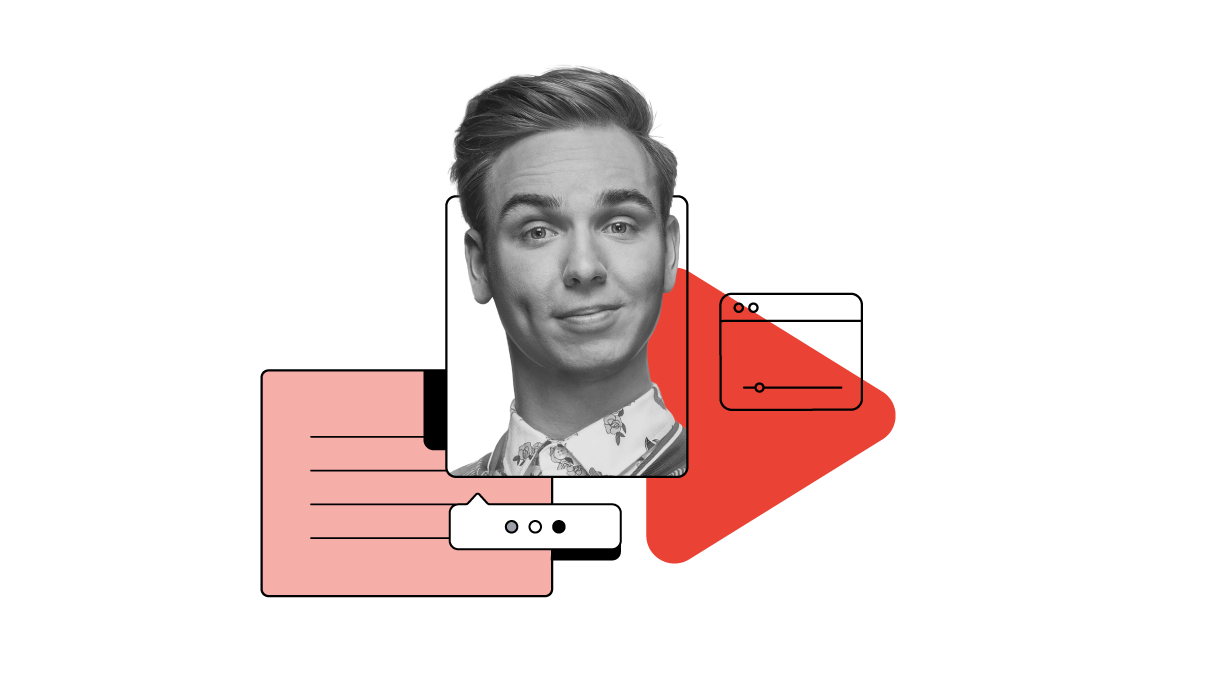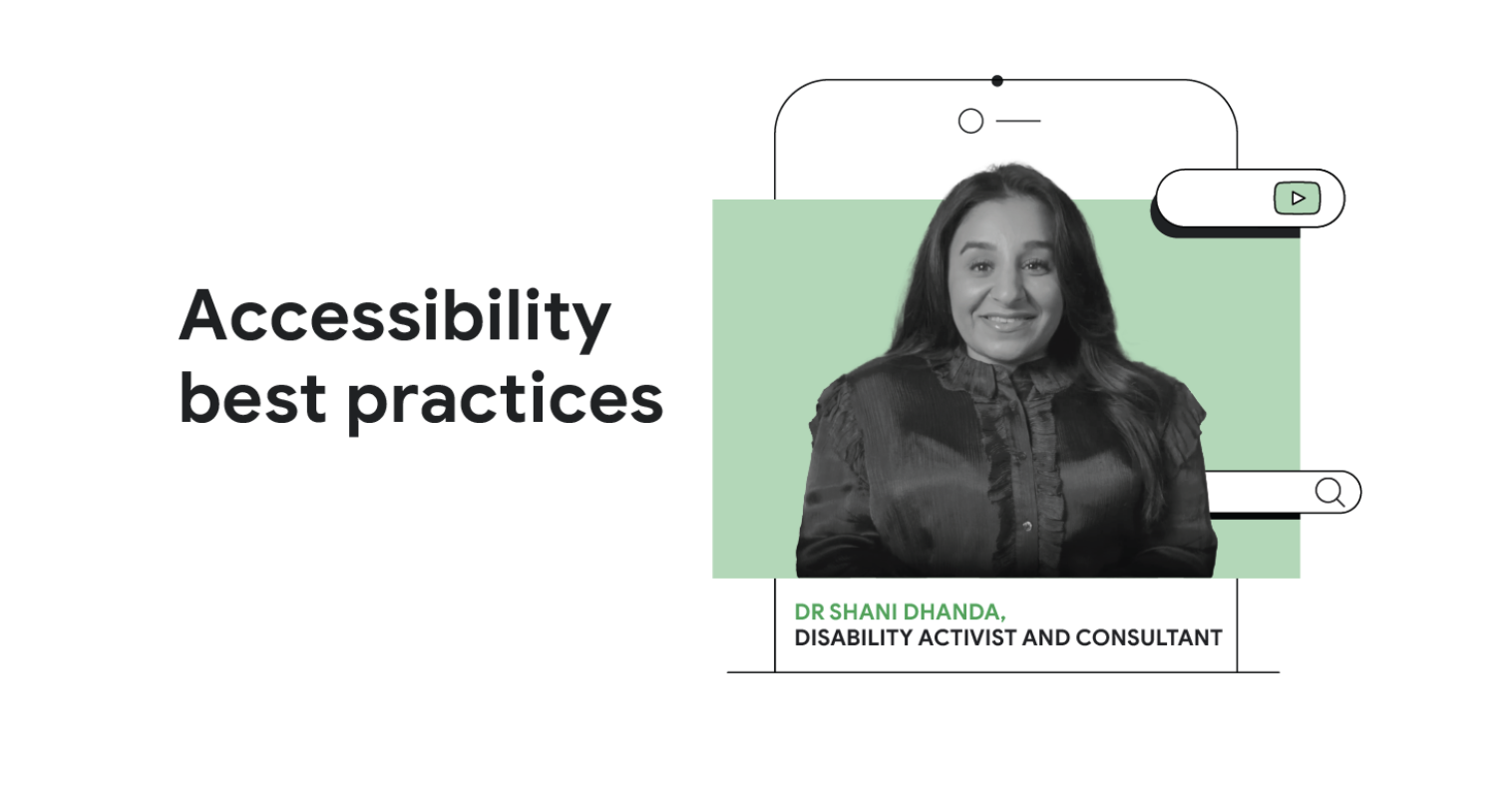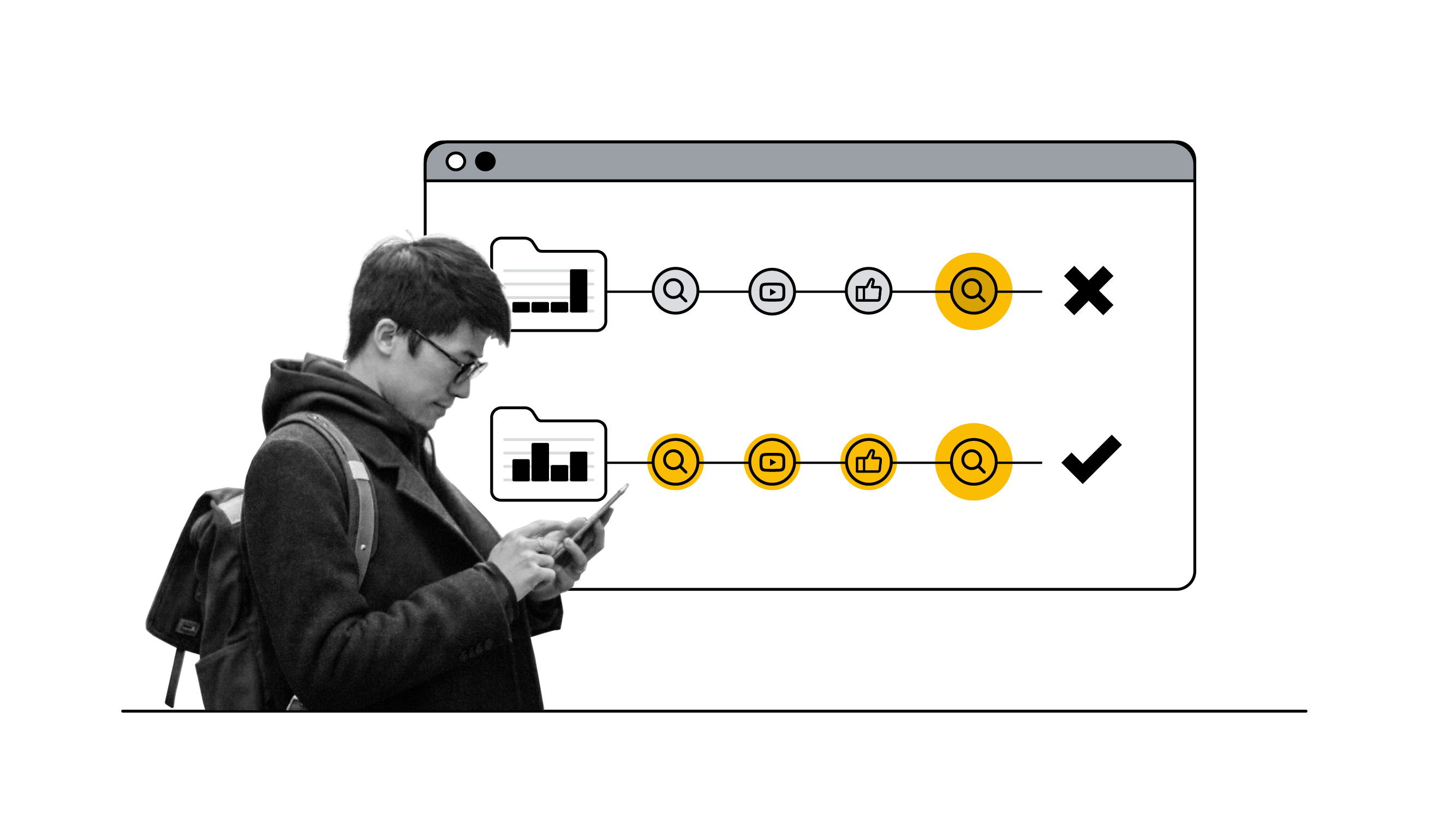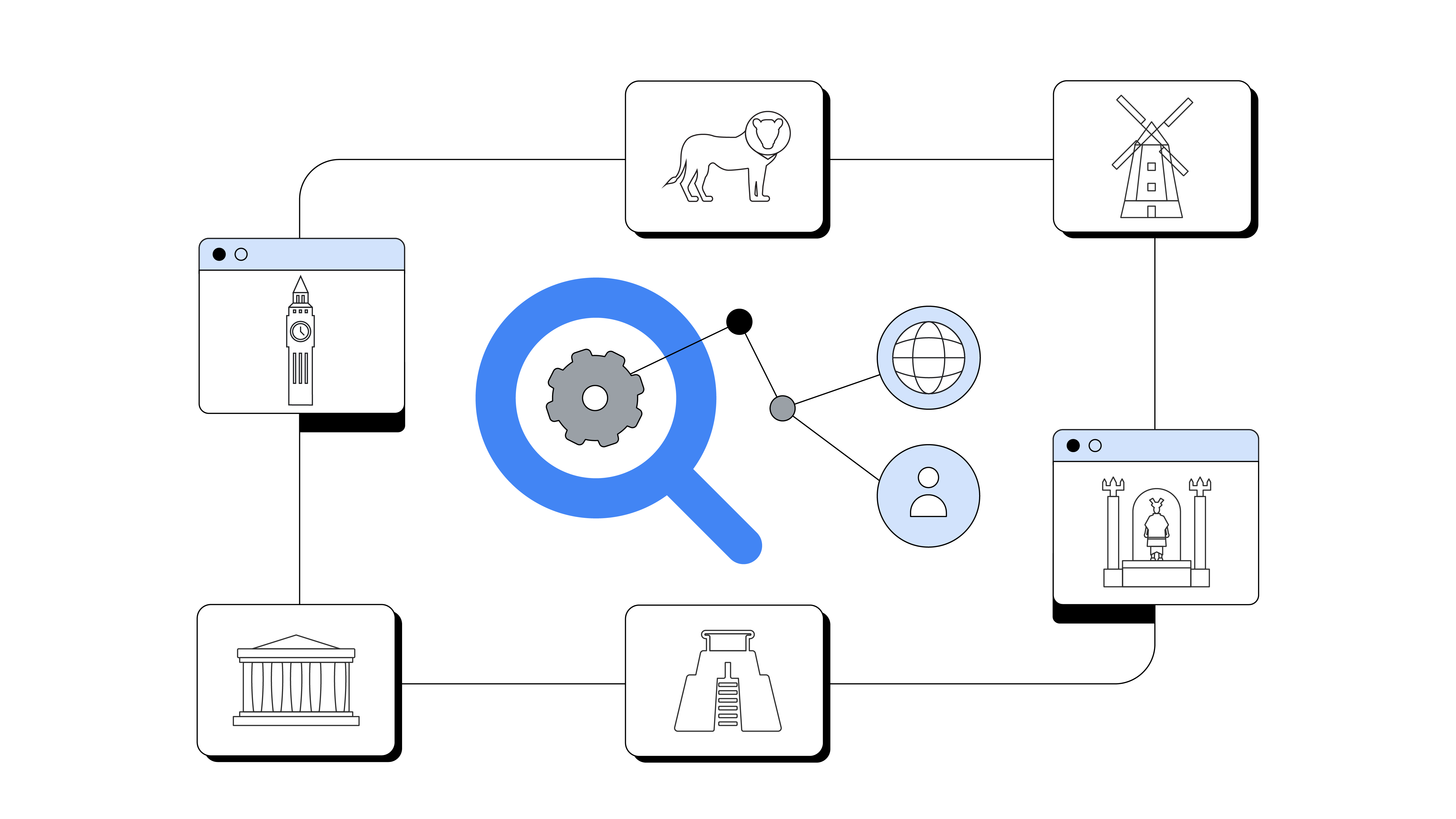Unless you had a front-row seat reserved next to Anna Wintour, your access to the fashion world was very limited. Then digitalisation changed everything. But even now, that you can just teleport yourself via virtual reality to the runways of New York, Paris or Berlin – you’re still only a spectator.
THE GOALS
Explore the creative use of machine learning in the field of fashion
THE APPROACH
Trained a neural network with style preferences of more than 600 fashionistas to predict
what kind of fashion people might like and to create designs to match them
THE RESULTS
A world’s first: Technology that creates customised fashion designs
40,424 fashion designs created within first month
19 million media reach within first month
I3.4 million organic engagements via #projectmuze
Zalando, Europe’s leading online platform for fashion, teamed up with Google ZOO to search for a new way to let people influence the fashion that’s created for them. Just imagine: What would a person’s wardrobe look like if it were designed around what makes them unique, such as their favourite music or the art they love?
"Project Muze shows how exciting it is to merge fashion and code to radically empower users in the fashion world."
- Carsten Hendrich, VP Brand Marketing, Zalando SE
Together with UK-based production company Stinkdigital, the team used Google’s open source platform TensorFlow to train a neural network – an algorithm modelled on the human brain – with 50,000 data sets based on the style preferences of more than 600 fashionistas. Over time, the code learned to predict what kind of fashion people might like and creates designs that match them. To make sure that all designs are fashion-forward, they were guided by Google’s Fashion Trends Report. For users, it was like being the muse for their own clothing. They just needed to answer a few personality questions, doing a little drawing and watch what happened on their mobile.


The core of the fashion experiment was a mobile experience. And with fashion from Zalando’s zLabels, three of Project Muze’s virtual designs were transformed into real-life clothes. Inspired by the international fashion bloggers Wana Limar, Anthony Bogdan and Sofia Tsakiridou, these unique pieces of clothing were exhibited at the trend show Bread & Butter 2016 in Berlin. Where thousands of visitors and celebrities like A$AP Rocky and Gigi Hadid attended to see fashion shows and brand labs including Project Muze’s event booth, everyone could become part of the fashion experiment via large screens and tablets.
Open to the public, Project Muze was an browser-based experiment at scale. The “category moonshot” (Business Punk) received global press coverage from Wired and Venturebeat to GQ and Elle and initiated a debate about the future role of AI-assisted creativity in fashion and how it will potentially transform the industry. Within the first month 40,424 fashion designs were generated. To date, the experiment has achieved an overall reach of 19 million and 3.4 million organic engagements via #projectmuze and underlined Zalando’s position at the forefront of fashion tech innovation.






